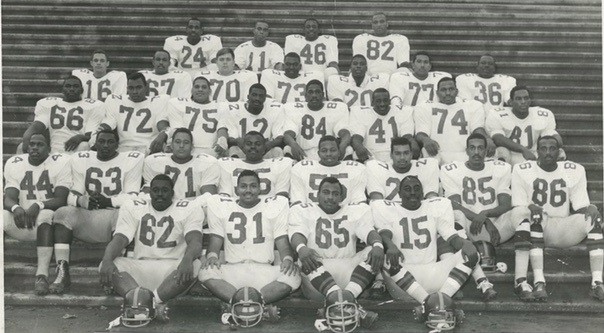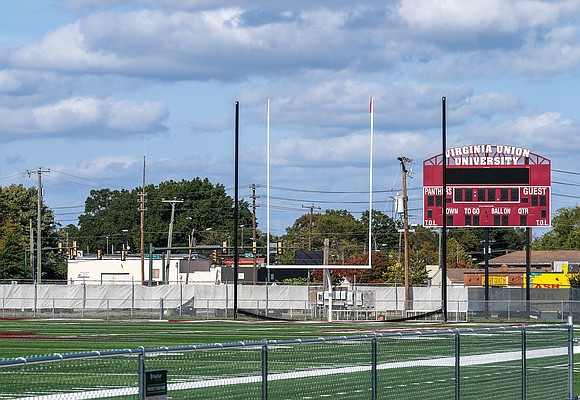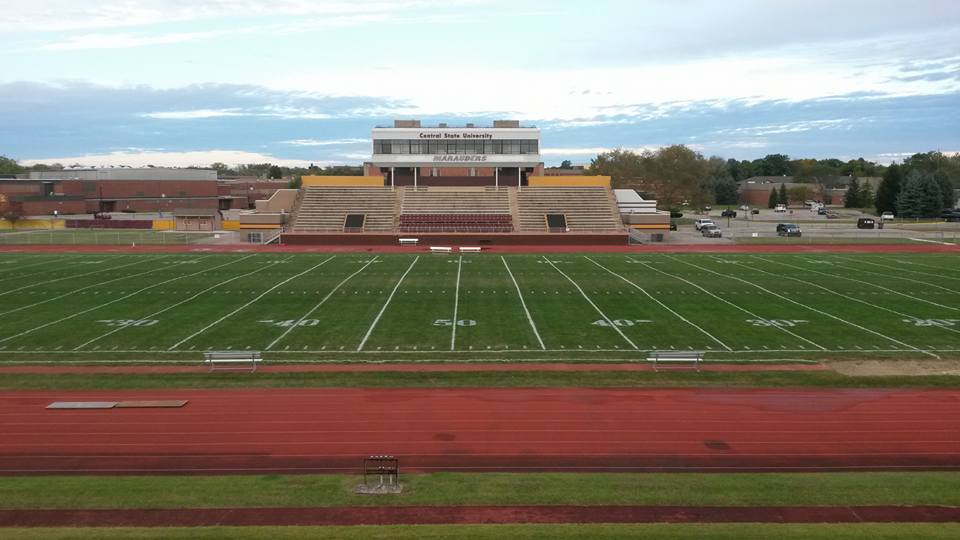get these nets
Veteran
Honey Bear Project to Sweeten HBCU Playing Fields

The 1966 Morgan State football team, Lanier is #65
- March 19, 2021
When the legendary Kansas City Chiefs’ middle linebacker Willie Lanier played football in the 1960s and ’70s, he was known as the “Honey Bear” for his intense play and fierce tackling technique bear-hugging his opponent and driving them to the ground.
Now, 43 years after exiting professional football, the Hall of Fame athlete tackles another opponent and confronts it with the same ferocity he showed during his playing days.
However, this time, Lanier isn’t wrangling a running back or an unlucky quarterback in his sightline. He’s facing down a far more formidable foe on the football field – the structural and economic inequities Historical Black Colleges and Universities face due to severe underfunding of so many of their athletic departments.
Most of the nation’s HBCU’s play in one of four athletic conferences. During the 2019 season, in-person attendance at HBCU football games totaled almost 2-million people.
“Many of the football fields at HBCU’s are in bad shape,” Lanier told the Atlanta Daily World. Like the one at Virginia Union University in my hometown of Richmond, some are more than 100-years old. Those poor playing surfaces put black college teams at a competitive disadvantage in a couple of important ways.”
The Morgan State University alum said the poor conditions of so many HBCU’s football fields make it tougher to recruit top high school players when they see a “shoddy looking” field they’d be expected to play on for four years.
“Inevitably, they’re going to compare it to the fields at other schools – many of them with high tech’ artificial surfaces – and the HBCU school can lose out on their services,” Lanier said.
Fundamentally, bad football fields can hinder the quality of the play upon them, he noted. “Patchy, uneven surfaces make good footing more difficult, impacting player performances and can even lead to injuries.”
Alarmed by the poor condition of so many football fields at the nation’s historic HBCU’s, Lanier has launched the Honey Bear Project to raise $50-million over the next two years to install new, state-of-the-art playing surfaces at nearly three-dozen HBCU football stadiums. He is partnering with the Field Turf sports company, one of the world’s largest makers and installers of artificial playing surfaces for athletic teams, in this effort.

VUU new Field
Field Turf recently built the new football surface at Virginia Union University’s Hovey Stadium. Coincidentally, that new field is named for Willie Lanier, who played his home high school football games at Hovey.
Central State University in Wilberforce, Ohio, is another beneficiary of Lanier’s vision and generosity. Tara Owens, the athletic director for CSU, said his generosity was not only a honey of a deal, but considering the school was contemplating spending nearly $1 million in improvements to its athletic field, including its football and track fields, it could not have come at a more opportune time.
Owens said an official from the Honey Bear Project reached out to them last fall to inquire about their interest in receiving support for improving CSU’s athletic field. From there, Owens and the university administration, including President Dr. Jack Thomas, “put a group together” to review the Honey Bear proposal and respond to it promptly.
“Then they had a Field Turf rep come in and show us all the different options on field turf,” Owens said. “And because we had a lot of things already laid out from our earlier renovation plans, we were able to send them information very quickly, so it moved.”
Once CSU provided all the necessary information, CSU received a pledge letter from the Honey Bear Project. “The pledge letter was for close to a million dollars; I believe $917,000 for the track. So, combined with that, we were able to do both ventures; the track and football field.
“We got on that list, and they sent us our contract, and we have the dates, and we have the calendar they’re going to start demolition in March,” Owens said.

CSU current Field
She echoed Lanier’s sentiment that having a modern, up-to-date athletic facility in college sports is more than a vanity project for HBCU’s like CSU. It is an all-around wise investment that can offer returns far beyond a sporting facility’s improved aesthetics.
“Honey Bear’s commitment to CSU has allowed for us to facilitate long-overdue upgrades to our football stadium,” Owens said. “These updates will include installing high-performance synthetic field turf and a championship-caliber track and field. We believe these upgrades will help us in our recruiting efforts while providing our current student-athletes with a quality facility to practice and compete. These facility upgrades also will create new revenue streams through facility rentals, and we look forward to hosting local, regional, and national events.”
Owens said the football field is scheduled to be completed in September, and the football team will play on their new field that month. And even though it’s six months away, the university administrators, staff, students, and alumni are already anticipating the new season’s start on their new field.
“We needed it to survive, you know, but we don’t just want to survive,” Owens said. “Our president Dr. Jack Thomas says, ‘We don’t want just to survive; we want to thrive.’
“Mr. Lanier served as a tremendous role model as a player as a person. He has a Hall of Fame resume, named NFL Man of the Year and just so many things,” she said. “This project solidifies his legacy by providing resources to future generations because we probably could not have done this without him. And we want to say we are very, very appreciative. ”
Last edited:






